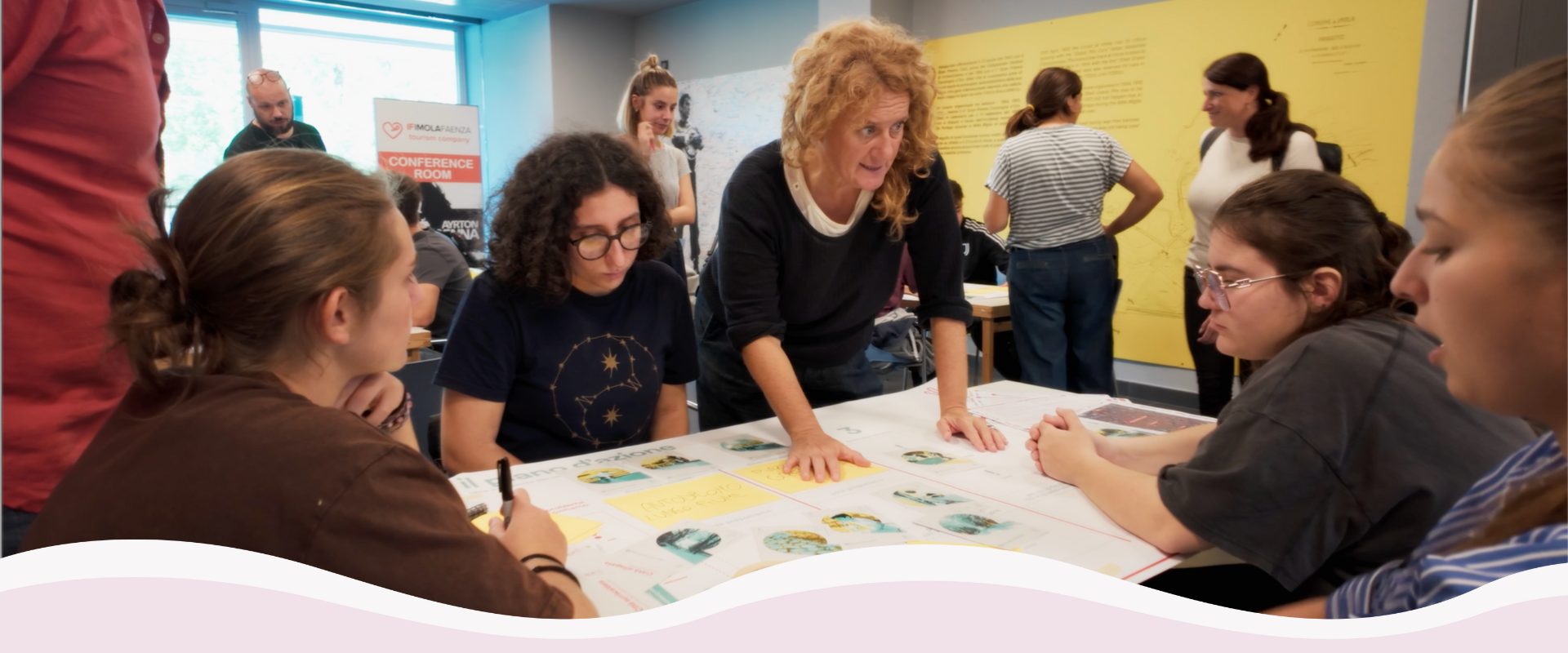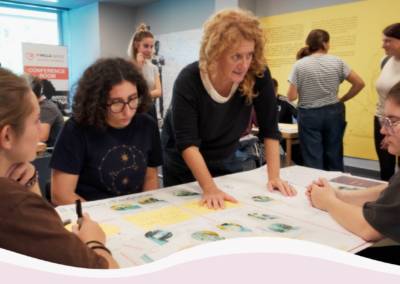A new way of experiencing the city when the heat becomes too much
Imola has placed a very practical and urgent question at the heart of its urban work: how does life in the city change when temperatures rise too high?
The answer is a comprehensive action plan, shaped by listening to those who live the city every day—students, families, workers, the elderly—aimed at redesigning twelve public spaces to make them cooler, more welcoming, and safer during the summer months.
This is not about abstract visions, but about targeted interventions: more shade, more greenery, more fountains, more benches. More attention to the small details that make a big difference when the heat becomes unbearable.
Starting from key transit areas such as the train station, public squares, the historic center, and the racetrack, Imola has launched a participatory and concrete path to adapt to a changing climate.
Imola, through the Cool Noons project, demonstrates how community involvement is essential in addressing the challenges of climate change.
A city designed for people, shade, and greenery
At the core of Imola’s strategy is its green urban infrastructure: a continuous network of parks, gardens, tree-lined avenues, and bike-pedestrian paths connecting neighborhoods to the city center and surrounding areas.
This system improves thermal comfort, encourages social interaction, and enhances quality of life—while helping to reduce urban heat islands.
The city currently boasts 115 km of bike and pedestrian paths and promotes active, sustainable mobility with a future-forward and inclusive approach.
From urban walks to co-design
The action plan emerged from a participatory process involving citizens, students, and local associations through three urban and three co-design workshops.
During the walks, participants assessed twelve locations in terms of comfort, shade, accessibility, and presence of natural elements.
The feedback collected was translated into concrete proposals thanks to the SOS4cities role-playing tool, developed by ARPAE Emilia-Romagna.
Three paths, twelve stops, one cooler city
Three main paths were identified, connecting the train station to the Enzo and Dino Ferrari racetrack, passing through the historic center and areas with varying levels of climate exposure.
Each route was designed to enhance existing green areas, improve more vulnerable spaces, and offer a sustainable and pleasant way to move through the city.
The twelve highlighted locations include symbolic places like Piazza Gramsci, Giardini di San Domenico, the Via Emilia arcade, Piazzale Michelangelo, and the riverside area—each one accompanied by specific analyses and tailored solutions.
Natural, inclusive, and replicable solutions
The proposed interventions focus on nature-based solutions: new trees, rain gardens, drinking fountains, shaded seating, pocket parks, and unpaved surfaces.
Each action aims to provide relief from heat, encourage social interaction, and improve the accessibility of public spaces for everyone—especially the most vulnerable.
Key figures and impact of the participatory process
- 3 urban walks
• 3 co-design workshops
• 14 working groups
• 95 participants (students, citizens, teachers)
• 12 public spaces analyzed and reimagined
• 6 km of pedestrian and bike paths explored
This shared process strengthened the relationship between the local government and the community, fostering trust, collaboration, and shared competencies.
What’s next: from plan to action
Some of the interventions will already be implemented during 2025, funded through the Cool Noons project.
Priority was given to spaces with the highest exposure to heat risk, reported needs from citizens, available water connections, and feasibility of fast implementation.
This action plan is a starting point for future investments and integrated urban projects.
Imola shows how a participatory, scientifically grounded approach can guide cities toward a fair and sustainable climate transition.



